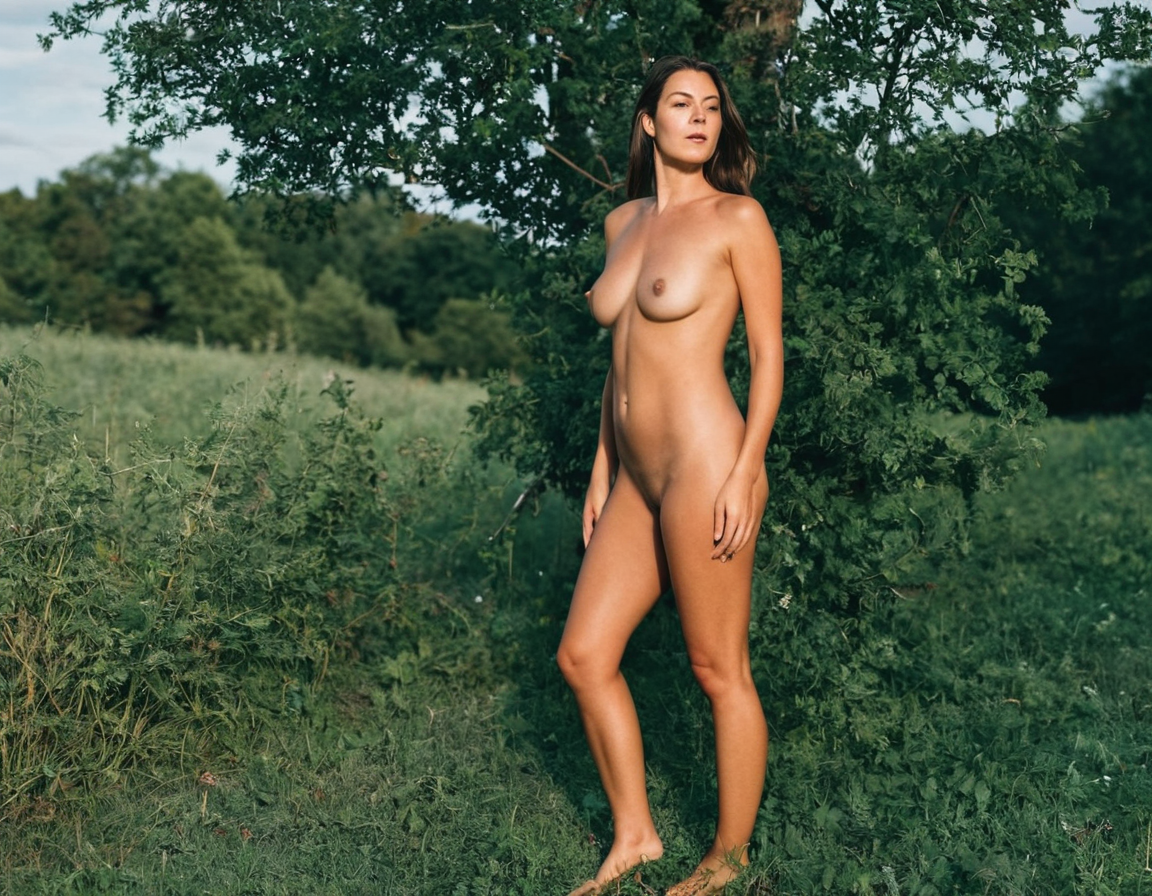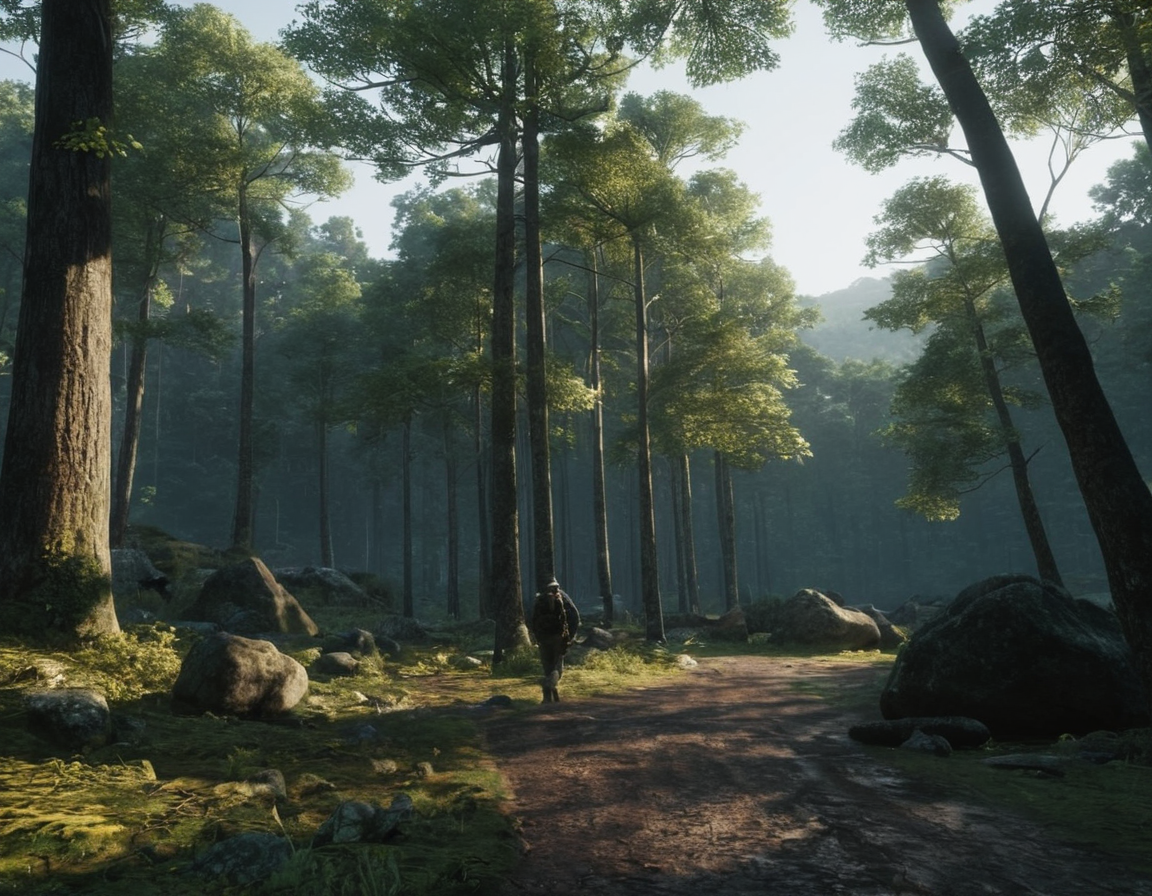Naked Truth: Baring All Through Naturist Photography

In the world of photography, there are countless genres and sub-genres that cater to every imaginable subject or theme. One such genre is naturist photography. Often misunderstood as simply being about capturing nude images, it goes beyond just exposing skin; it’s a celebration of human form in its most natural state – devoid of societal restrictions, gender norms and clothing barriers. This post aims to unravel the art behind Naturist Photography while emphasizing the importance of consent and privacy within this context.
Naturist photography is not just about capturing nude images; it’s a reflection of human vulnerability, sensuality, and our connection with nature. It can be seen as an extension of naturism itself – a lifestyle that promotes physical and mental well-being by living in harmony with oneself and the environment. This photography genre allows us to appreciate the inherent beauty of the human body without any prejudice or preconceived notions, transcending cultural differences and personal preferences.
Before diving into the technical aspects of naturist photography, it’s crucial firstly to understand that this field requires utmost respect for privacy and consent. As photographers, we need to ensure our subjects feel comfortable throughout the process. Building trust is key here – knowing your model well and having a history of mutual understanding and respect are essential components before embarking on such projects. Remember, even within naturist circles, people have different levels of comfort when it comes to exposure; thus, always prioritize their boundaries over capturing ‘perfect’ shots.
Now let’s talk about the art behind naturist photography. Light plays a significant role in this genre as it does in any form of photography. However, since there are no clothes to play with contrast and texture here, lighting becomes even more critical. Softboxes or large umbrellas diffused by white fabric can be ideal for creating soft shadows that accentuate the contours of the human body without making them appear harsh or unnatural. Natural light is also an excellent option; early mornings or late afternoons provide a warm glow often associated with this genre’s ethereal essence.
Composition is another significant factor in naturist photography. Similar to other genres, consider the rule of thirds – placing subjects off-center can make for more engaging compositions. Background choice also holds importance; avoid distractions that may detract from your subject or look busy visually. Neutral backgrounds such as earth tones or greenery work best in harmonizing with the natural theme.
The equipment used in naturist photography is quite similar to any other form of nude or portrait photography. DSLR cameras provide excellent control over settings and focus, while smartphones have made significant advancements in quality and portability. Remember always to keep your camera steady using tripods or stabilizing tools for crisp shots without blurring.
In conclusion, naturist photography is not just about capturing nude images but appreciating the human form’s essence and connection with nature. As photographers, we must respect privacy, consent, and boundaries while mastering techniques such as lighting, composition, and equipment usage to create compelling visual narratives that celebrate our bodies in their most naked truth.

Keywords: Naturist Photography, Human Form, Privacy, Consent, Lighting, Composition, Nude Images, Connection with Nature, Trust, Boundaries, Ethereal Essence, Rule of Thirds, Earth Tones, Greenery, DSLR Cameras, Smartphones.
